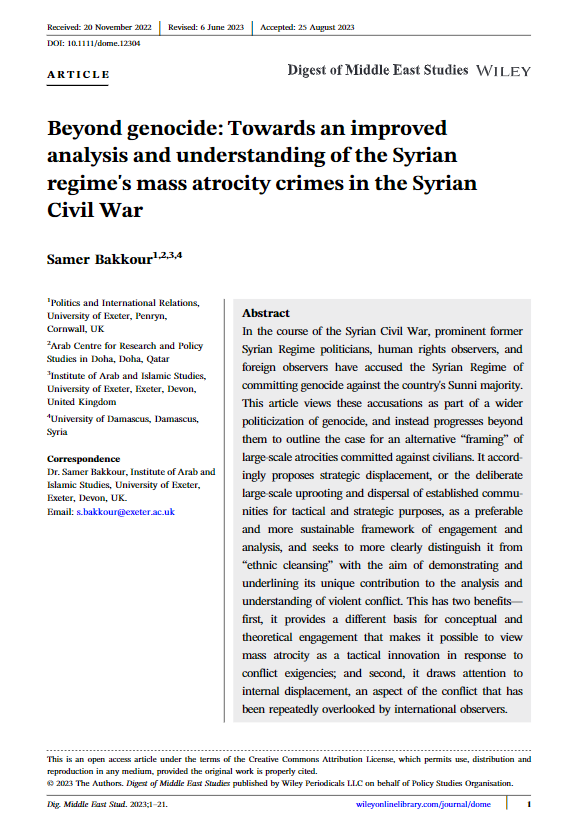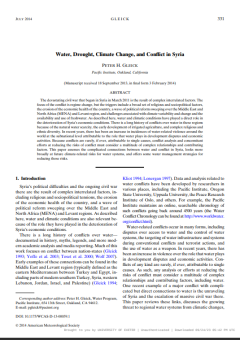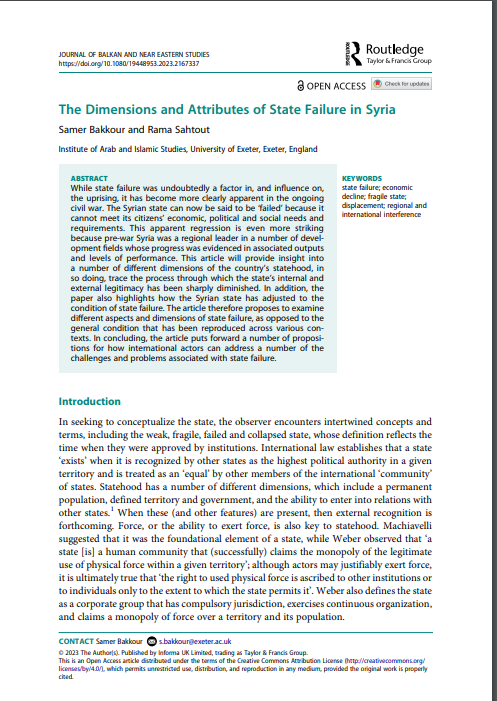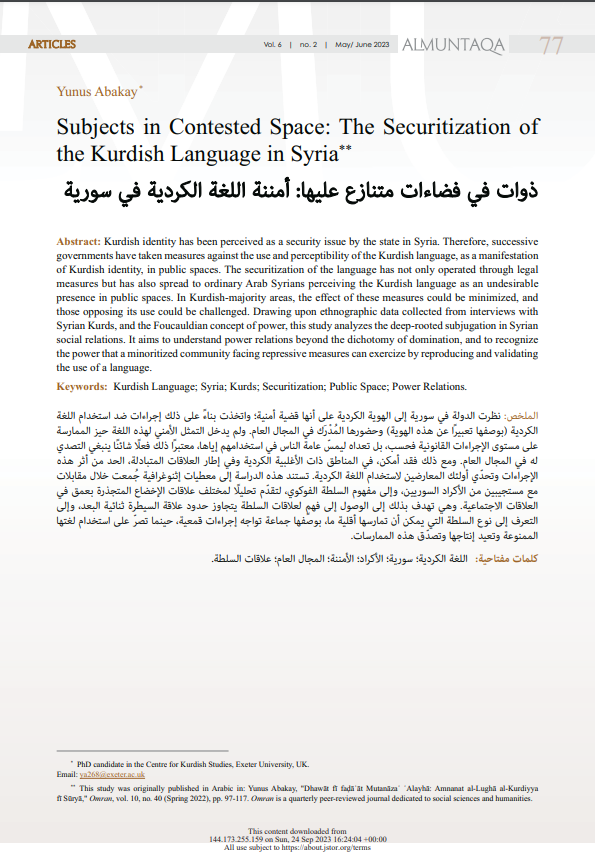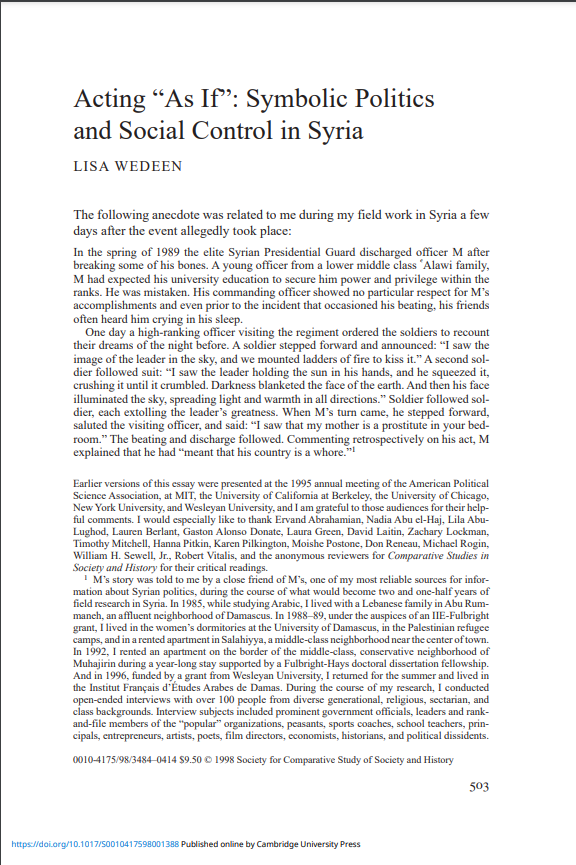The devastating civil war that began in Syria in March 2011 is the result of complex interrelated factors. The focus of the conflict is regime change, but the triggers include a broad set of religious and sociopolitical factors, the erosion of the economic health of the country, a wave of political reform sweeping over the Middle East and North Africa (MENA) and Levant region, and challenges associated with climate variability and change and the availability and use of freshwater. As described here, water and climatic conditions have played a direct role in the deterioration of Syria’s economic conditions. There is a long history of conflicts over water in these regions because of the natural water scarcity, the early development of irrigated agriculture, and complex religious and ethnic diversity. In recent years, there has been an increase in incidences of water-related violence around the world at the subnational level attributable to the role that water plays in development disputes and economic activities. Because conflicts are rarely, if ever, attributable to single causes, conflict analysis and concomitant efforts at reducing the risks of conflict must consider a multitude of complex relationships and contributing factors. This paper assesses the complicated connections between water and conflict in Syria, looks more broadly at future climate-related risks for water systems, and offers some water management strategies for reducing those risks.
